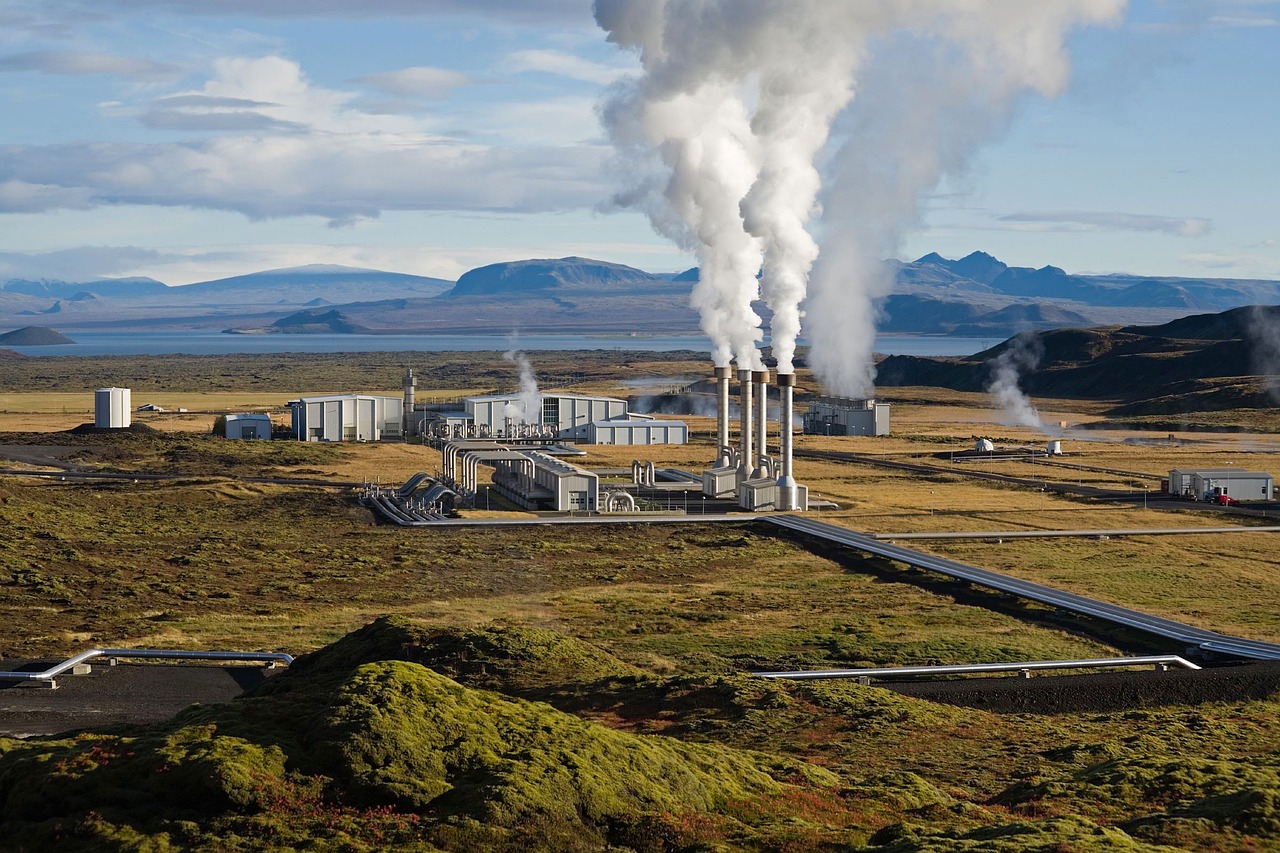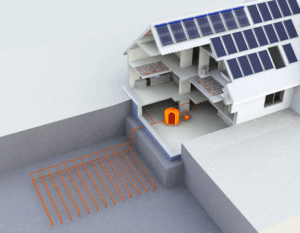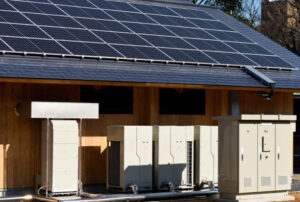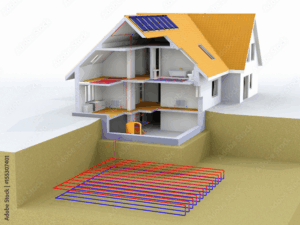Thinking about switching to geothermal heating and cooling? Great choice. Geothermal HVAC systems are energy-efficient, eco-friendly, and built to last. But let’s be honest—the idea of installing one can seem intimidating. Underground loops? Heat pumps? Drilling?
Don’t worry. This guide breaks it all down in plain English, so you know exactly what to expect from the installation process. Whether you’re planning a new build or upgrading your current system, here’s your step-by-step guide to how it all comes together.
Step 1: Site Evaluation and Feasibility
Before anything gets dug up, a professional team—like the experts at Envirotech Geothermal—will visit your property to conduct a thorough assessment.
What’s Included:
- Soil and geology testing
- Land availability (to determine vertical or horizontal loops)
- Home size and energy demand
- Current HVAC setup (for retrofit projects)
This step determines what type of ground loop is right for you—vertical, horizontal, or even pond/lake loops if you’re near a water source.
Step 2: System Design and Cost Estimate
Based on your property and energy needs, the installer designs a custom geothermal system. This includes:
- The layout of the loop field
- Sizing the heat pump
- Compatibility with existing ductwork or radiant floor systems
- Hot water integration (if desired)
You’ll also receive a detailed quote that includes materials, labor, equipment, and expected incentives or rebates.
Step 3: Drilling or Trenching for the Loop System
Here’s where the heavy lifting begins. The installer creates the underground loop that will carry fluid to exchange heat with the earth.
Types of Loop Systems:
- Vertical Loops: Require deep holes drilled 150–400 feet down. Ideal for small lots.
- Horizontal Loops: Trenches about 6 feet deep; great for homes with more yard space.
- Pond/Lake Loops: Installed in a nearby body of water, if available and suitable.
The loop pipes (usually high-density polyethylene) are buried, connected, and pressurized for testing.
Step 4: Installing the Geothermal Heat Pump
Once the ground loop is complete, the indoor equipment is installed—typically in your utility room or basement.
What’s Installed:
- Geothermal heat pump unit (replaces your old furnace or AC)
- Buffer tanks (if used for hot water)
- Air handler and ductwork connections
- Thermostat or smart home integrations
If it’s a retrofit, existing ductwork may be reused or slightly modified.
Step 5: System Integration and Fluid Connection
The underground loop is now connected to the heat pump system indoors. The loop fluid—usually a mix of water and antifreeze—is circulated through the pipes to move heat in or out of your home.
Installers test:
- Pressure and flow rates
- Proper fluid levels
- Heat exchange efficiency
Everything is sealed, insulated, and secured for maximum performance.
Step 6: Final Testing and System Start-Up
Your system is now fully assembled and ready to go. The installation team will:
- Run a full performance test
- Check all thermostat settings
- Ensure both heating and cooling modes function
- Walk you through how to operate the system
You’ll get a rundown on routine maintenance, expected lifespan, and warranty details.
Step 7: Enjoy Year-Round Comfort and Savings
Once the system is live, you’ll immediately notice the difference. Quiet, even temperatures. Lower utility bills. And the satisfaction of using a sustainable energy source that’s good for your home—and the planet.
Bonus: Timeline & Costs
- Installation Time: Typically 2–4 weeks depending on site conditions and loop type.
- System Cost: Generally ranges from $20,000 to $35,000 for most homes.
- Rebates/Credits: Federal tax credit of 30% available (as of 2025), plus potential local incentives.
The upfront cost pays itself back over time in reduced energy bills and minimal maintenance.
Final Thoughts
Installing a residential geothermal system may seem like a big undertaking—but with the right team, it’s a smooth, straightforward process. You’re not just upgrading your HVAC; you’re investing in decades of comfort, savings, and sustainability.
Want to get started? Reach out to the experts at Envirotech Geothermal for a free consultation and see how simple geothermal installation can be.



